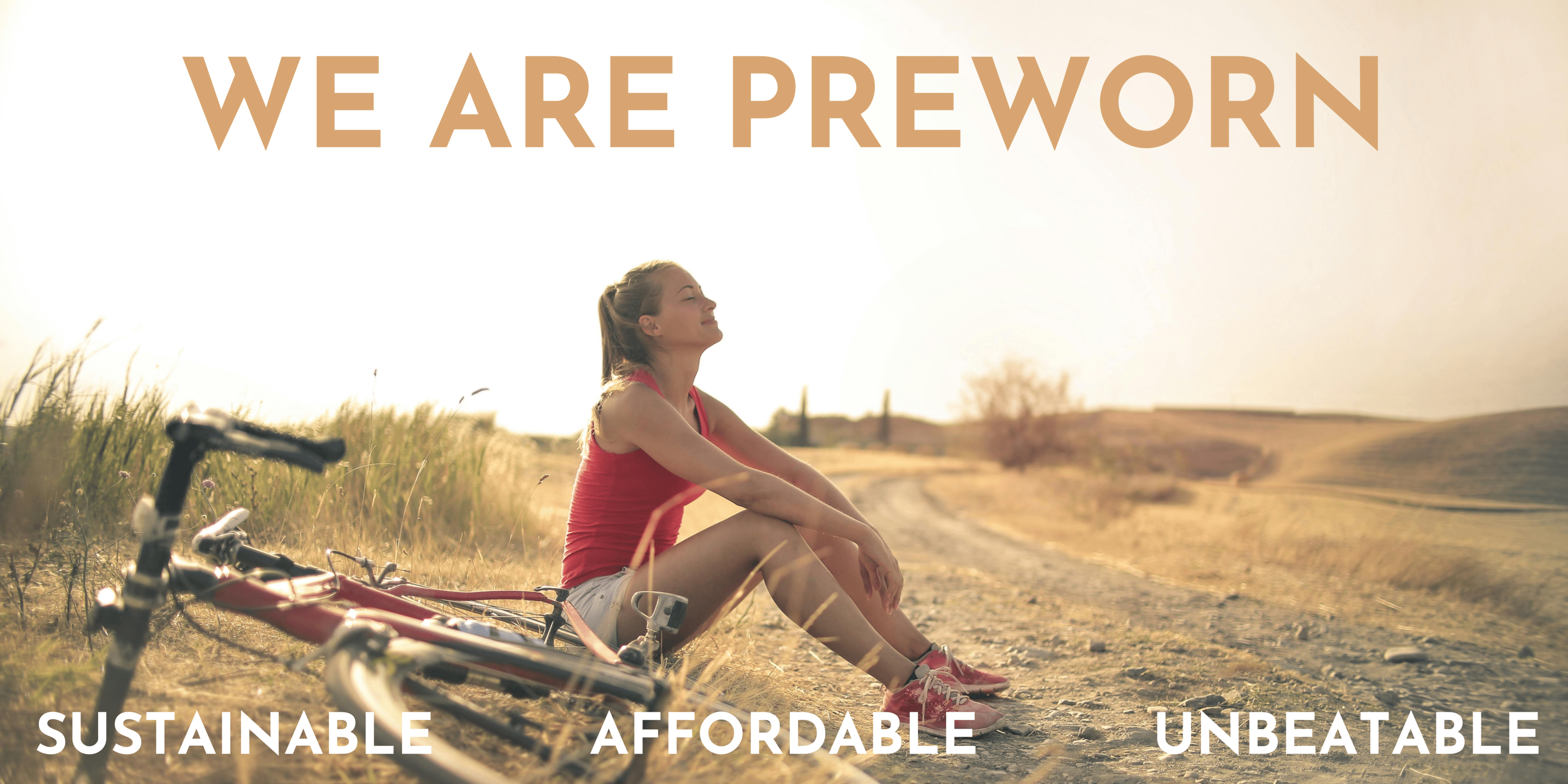Nature Needs You: How Your Wardrobe Impacts Wildlife and Sealife

/
Introduction to Fast Fashion and its Appeal
Fast fashion refers to the rapid production of high-volume, low-cost garments that replicate runway trends. It appeals because of several factors:
-
Affordability: Offers trendy clothing at low prices.
-
Availability: New styles hit stores frequently.
-
Convenience: Wide accessibility in physical and online stores.
-
Trend Adoption: Keeps consumers au courant with the latest fashion trends.
-
Celebrity Influence: Often emulates styles seen on celebrities.
Fast fashion's allure lies in its capacity to make stylish, current fashion accessible and affordable, fostering a cycle of frequent purchasing and rapid wardrobe updates.
Microfibres and Their Journey to the Ocean
Synthetic fabrics like polyester and nylon release microfibres during washing. These microfibres, minuscule plastic particles, enter water systems. Wastewater treatment plants capture some but not all. Unfiltered microfibres make their way into rivers and eventually oceans.
Impact of Microfibres
-
Microfibres contribute to marine pollution.
-
Marine creatures ingest these plastics.
-
Bioaccumulation occurs, affecting food chains.
Human Health Concerns
-
Microplastics found in seafood.
-
Potential ingestion by humans.
-
Unclear long-term health effects.
Addressing microfibre pollution requires awareness and action from manufacturers, consumers, and policymakers.
Case Studies: Species on the Brink
To underscore the urgency, several case studies illustrate the detrimental effects of fast fashion on biodiversity:
-
Cotton Cultivation in India:
-
Excessive pesticide use pollutes water bodies.
-
Indigenous species face habitat loss.
-
-
Deforestation in Southeast Asia:
-
Rainforests cleared for textile production.
-
Endangered species like orangutans lose their homes.
-
-
Ocean Pollution:
-
Microplastics from synthetic fabrics harm marine life.
-
Fish and seabirds ingest toxic pollutants.
-
These examples highlight the interconnected impact of fashion on wildlife, necessitating a shift towards sustainable practices.

Mitigation Strategies and Sustainable Alternatives
Reducing waste and promoting sustainable alternatives are key to combating fast fashion issues. Preworn focuses on several strategies:
-
Upcycling: Transforming discarded clothes into new, stylish items.
-
Recycling: Processing old fabrics into raw materials for new garments.
-
Resale Platforms: Encouraging consumers to buy and sell second-hand clothing.
-
Eco-friendly Materials: Utilising organic and biodegradable fibres.
-
Minimalism: Encouraging a minimalist wardrobe, promoting quality over quantity.
Adopting these practices helps reduce the environmental impact, support sustainable industries, and shift consumer behaviour towards more conscientious fashion choices.
What Can Consumers Do to Make a Difference?
The good news is that consumers have the power to drive change. By making informed choices, you can help mitigate the impact of fast fashion on wildlife and sea life. Here are some actionable steps you can take:
1. Choose Sustainable Brands
Support fashion brands that prioritise eco-friendly practices. Look for certifications such as Global Organic Textile Standard (GOTS), Fair Trade, or OEKO-TEX Standard 100, which indicate a commitment to sustainable and ethical production methods. Sustainable brands often use organic or recycled materials, avoid harmful chemicals, and ensure fair labour practices.
2. Opt for Second-Hand and Vintage Clothing
Buying second-hand or vintage clothes reduces the demand for new garments, which in turn lessens the environmental impact of textile production. Second hand clothing websites are easily accessible for more variety, as well as local vintage and charity shops that offer a range of pre-loved fashion items that are both stylish and eco-friendly.
3. Wash Clothing Responsibly
Minimise microplastic pollution by washing clothes less frequently. Investing in a Guppy Bag ensures that your washing doesn't release microplastics at every spin. Alternatively, consider investing in a water filtration system that helps remove microplastics from wastewater before it reaches the oceans.
4. Support Circular Fashion Initiatives
Circular fashion aims to extend the life cycle of clothing through repair, reuse, and recycling. Engage with brands and initiatives that support this model. Some companies offer take-back programs where you can return old clothing for recycling or refurbishment. By participating in these programs, you help keep garments out of landfills and reduce the need for new resources. An alternate solution to freely discarding your clothing is attending or hosting clothing swap parties. You can invite friends or other locals to further educate yourself and others while rotating your wardrobe sustainably.
5. Educate and Advocate
Raise awareness about the environmental impacts of fast fashion by sharing information with friends and family. Advocate for more sustainable practices within your community and support policies that promote environmental conservation and responsible fashion production.
Consumers, through education and mindful purchasing behaviours, can greatly reduce the environmental impacts associated with fast fashion.

Conclusion - The Future of Fashion and Wildlife Conservation
The fast fashion industry’s impact on wildlife and sea life is a pressing issue that requires immediate attention. By making conscious choices about what we wear, we can significantly reduce our ecological footprint and contribute to the health of our planet’s ecosystems. Embracing sustainable fashion practices, supporting second-hand markets, and advocating for circular economy principles are crucial steps toward a more responsible and environmentally friendly approach to fashion.
As a second hand fashion company, we strive to:
-
Extend the life of garments through reuse
-
Reduce waste via recycling initiatives
-
Promote ethical production standards
Together, we can help preserve wildlife habitats and protect our oceans for future generations.
Do you have high value clothing you'd like to sell? Contact us, we'll do all the work for you.
Browse our new products here.

